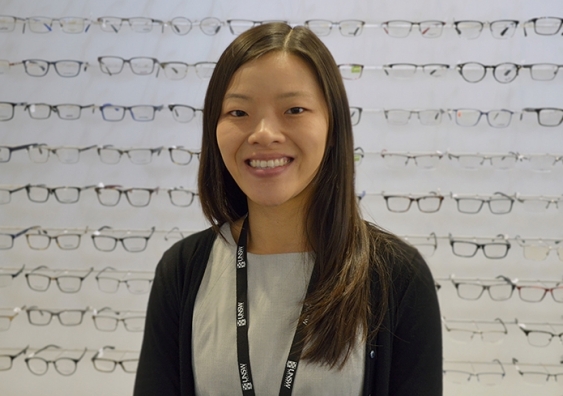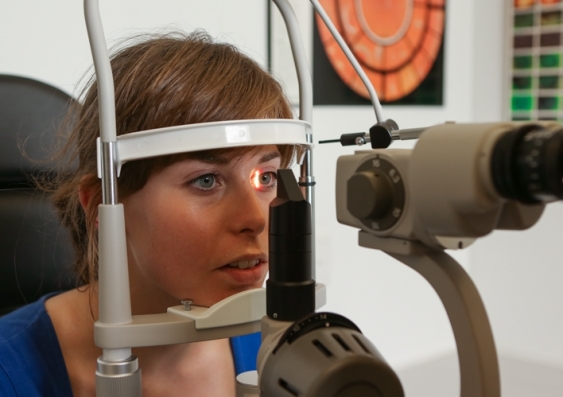Increased use of state-of-the art eye-imaging technologies could improve healthcare for patients with age-related macular degeneration, but only if professionals receive advanced training on how to interpret the results, a study by UNSW Sydney scientists has shown
Age-related macular degeneration leads to painless loss of central vision that affects people’s ability to see fine detail, drive, read and recognise faces.
It is a rising cause of blindness worldwide, but early and accurate diagnosis and management can help prevent vision loss.
To determine the impact of new imaging technologies on its diagnosis, researchers at the Centre for Eye Health at UNSW tested 81 practising Australian optometrists using 20 computer-based case studies.
The case simulations were based on patients seen previously at the centre, half of whom had age-related macular degeneration.
The optometrists were given each patient’s case history, preliminary test results and a colour image of the interior of the eye, known as fundus photography.
Based on this information, they provided their diagnosis and management plan online.
They could then request one additional type of image, and reassess their diagnosis. And in the third stage of the experiment, they could alter their opinion after being given all of the images for each patient.
“The good news is that we found that the optometrists accurately screened for the presence or absence of macular disease in 94 per cent of cases,” says study lead author and Centre optometrist Dr Angelica Ly.
“However, their ability to identify the specific condition was more limited. Age-related macular degeneration was accurately diagnosed in 61 per cent of cases, and this only improved by 5 per cent using new imaging technologies,” she says.
The study, by Dr Ly, Dr Lisa Nivison-Smith, Dr Barbara Zangerl, Dr Nagi Assaad and Professor Michael Kalloniatis, is published in the journal Clinical and Experimental Optometry.

Dr Angelica Ly. Image: UNSW Science
Optometrists in Australia have embraced new technologies and several ocular imaging technologies are now routinely included in general eye assessments.
In the study, the most preferred imaging device was optical coherence tomography, and this was also associated with higher diagnostic accuracy for age-related macular degeneration than other devices.
“Ocular imaging technologies have the potential to reduce the incidence of preventable vision loss due to age-related macular degeneration if used properly,” says study corresponding author and Centre director Professor Michael Kalloniatis.
“These instruments are now so prolific in optometric practice that accurate interpretation of their results should form a future priority in undergraduate and postgraduate education,” he says.
Age-related macular degeneration affects approximately one in seven Australians over the age of 50. Professor Kalloniatis advises that people over the age of 50, with a history of smoking, or with a family history of macular disease, should see an eye-care professional regularly.
The Centre for Eye Health is a joint initiative of UNSW Sydney and Guide Dogs NSW/ACT.
A core goal of the organisation is to provide high-quality education and support for the advancement of the optometric profession. CFEH routinely disseminates chair side reference guides on the interpretation of ocular imaging and delivers continuing professional development courses both in house and via their online program “Learning for Vision”.



